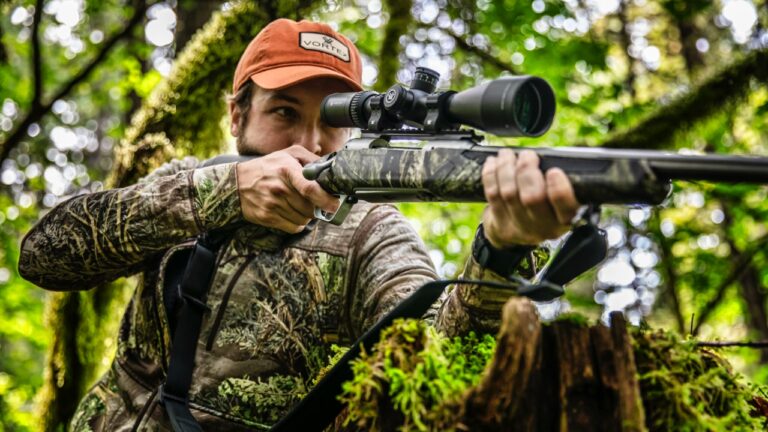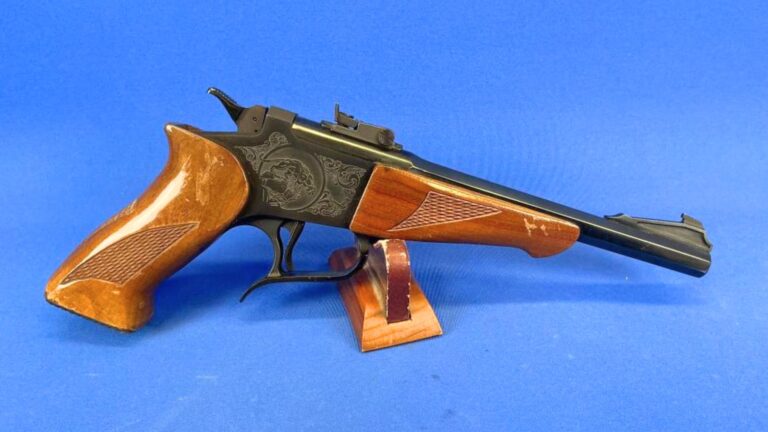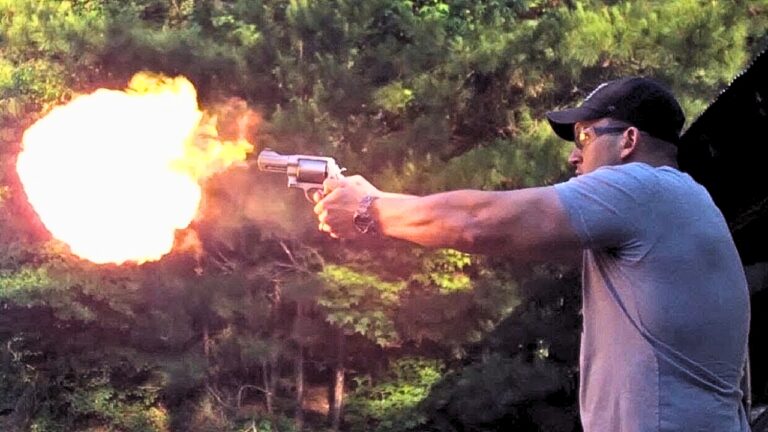Nothing kills your confidence faster at the range than a gun that constantly lets you down. Everyone’s there to enjoy their time, but when your firearm starts jamming, failing to eject, or throwing rounds all over the target, you feel every pair of eyes on you. Some guns are known for being reliable workhorses, while others have a reputation for making their owners look unprepared or inexperienced. Whether it’s poor design, cheap construction, or unrealistic marketing promises, certain firearms don’t live up to the task. If you’ve ever had one of these at the bench, you know how quickly pride can turn into embarrassment.
Hi-Point Pistols
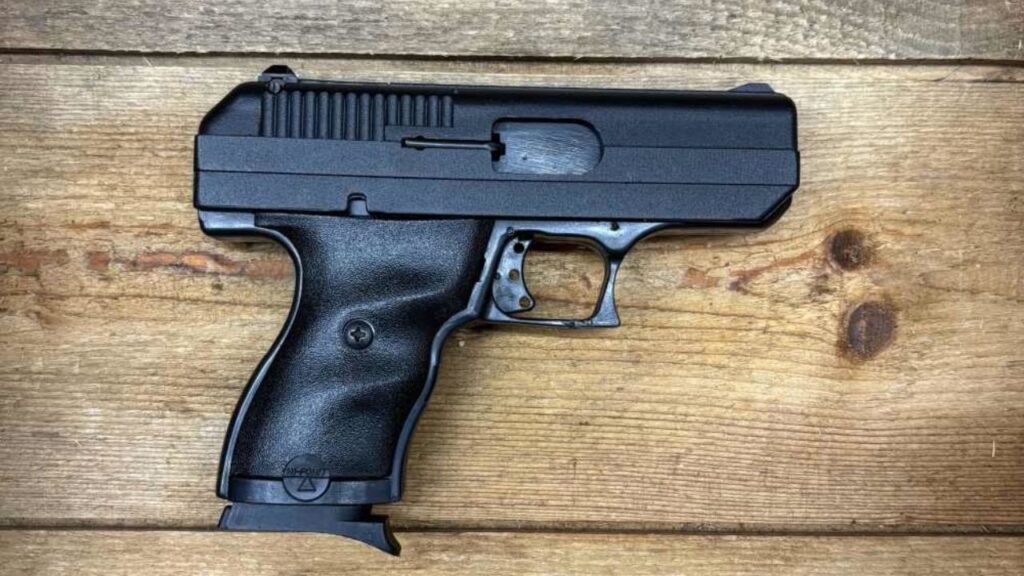
Hi-Point pistols are inexpensive, but that affordability comes with a price of its own. They’re bulky, awkward to handle, and their blowback design makes recoil feel harsher than expected. At the range, these pistols often draw attention—not for performance, but for frequent malfunctions and their brick-like appearance.
Feed issues and stovepipes aren’t uncommon, especially when using anything but the most basic ammunition. Accuracy is inconsistent, and the heavy trigger makes it hard to shoot well. While they technically function, they don’t inspire confidence. Other shooters notice the struggles, and it’s hard not to feel self-conscious when your gun can’t run a full magazine cleanly. Hi-Points have a following among budget-conscious buyers, but they’ve also become the butt of jokes in shooting circles. Owning one might save you money, but taking it to the range is more likely to earn smirks than respect.
Taurus PT-22
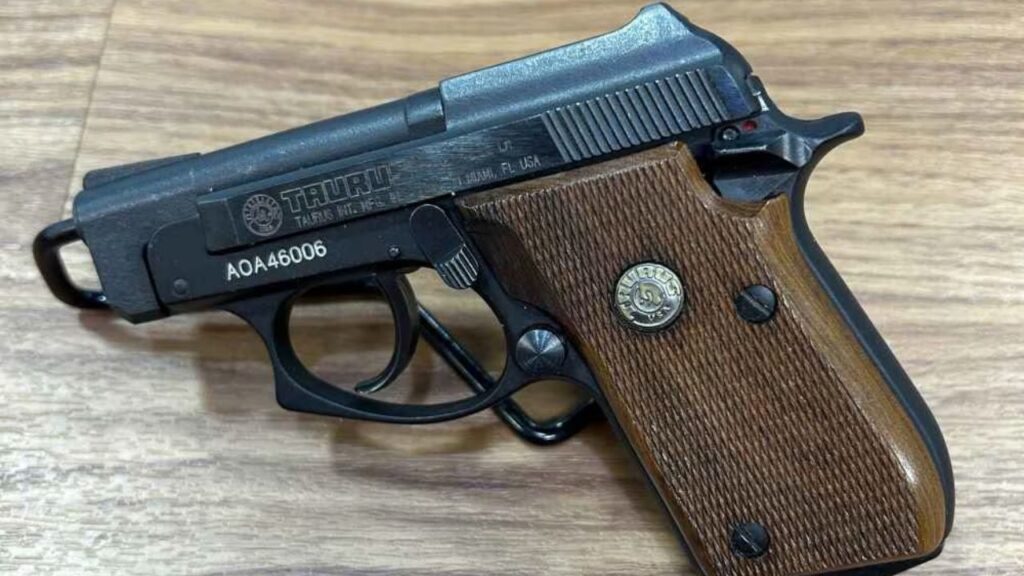
The Taurus PT-22 is a pocket-sized pistol chambered in .22 LR, and while it seems convenient, it has a habit of embarrassing its owners. Small rimfire pistols already have a reputation for being finicky, and the PT-22 leans into that with frequent light strikes, failures to feed, and extraction problems. At the range, you’ll spend more time clearing malfunctions than shooting targets.
Accuracy isn’t much better. With its tiny barrel and heavy trigger, hitting consistently past a few yards is a challenge. The design may appeal to those looking for a lightweight carry option, but the performance rarely matches the need. Other shooters notice when you’re constantly fiddling with the slide or reloading after short strings of fire. Instead of enjoying a relaxing session, you end up frustrated and embarrassed. The PT-22 proves that small size and affordability don’t add up to reliable performance, especially when all eyes are on you.
Remington R51
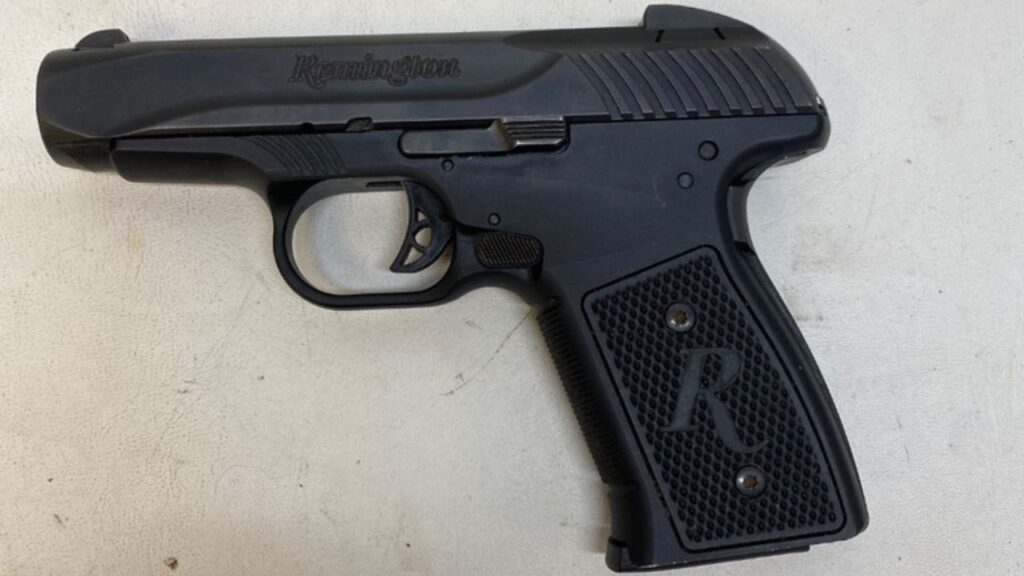
When Remington relaunched the R51 in 2014, many expected a modern defensive pistol with historical roots. What they got instead was a pistol riddled with problems. At the range, the R51 quickly built a reputation for feeding failures, out-of-battery firing concerns, and a confusing takedown process. Owners hoping to show off something unique often found themselves red-faced as they struggled through malfunctions.
The trigger is mushy, and accuracy suffers from both design flaws and inconsistent reliability. Even after Remington attempted to fix the issues with updated models, the pistol never shook its reputation. When you’re at the range and your gun is stopping every other magazine, it doesn’t matter how sleek it looks—it embarrasses you in front of everyone. The R51 could have been a fun throwback, but instead it’s remembered for letting shooters down. It’s one of those guns that looks better in advertisements than it ever does on the firing line.
Jimenez Arms Pistols
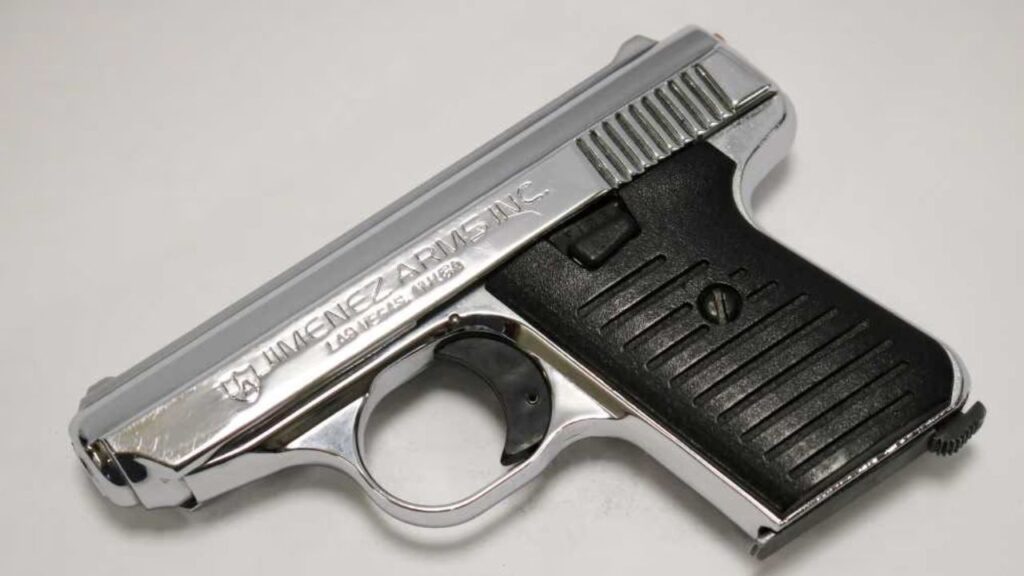
Jimenez Arms pistols fall into the same category as other low-budget handguns, but they’re notorious for their lack of quality control. These pistols often experience misfeeds, stovepipes, and even broken parts after limited use. At the range, the issues show up fast, leaving shooters scrambling to clear jams while everyone else is firing smoothly.
The triggers are heavy and gritty, making accuracy a struggle even when the gun does fire correctly. On top of that, the zinc-alloy construction feels cheap and doesn’t inspire confidence. Many shooters bring them to the range once or twice, only to abandon them in favor of something more dependable. Other shooters notice, and it’s hard not to feel embarrassed when your gun fails repeatedly. While they may be tempting because of their low price, Jimenez pistols are better known for public malfunctions than for performance. If you bring one, be ready for awkward glances from the next lane over.
Cobray M11/9
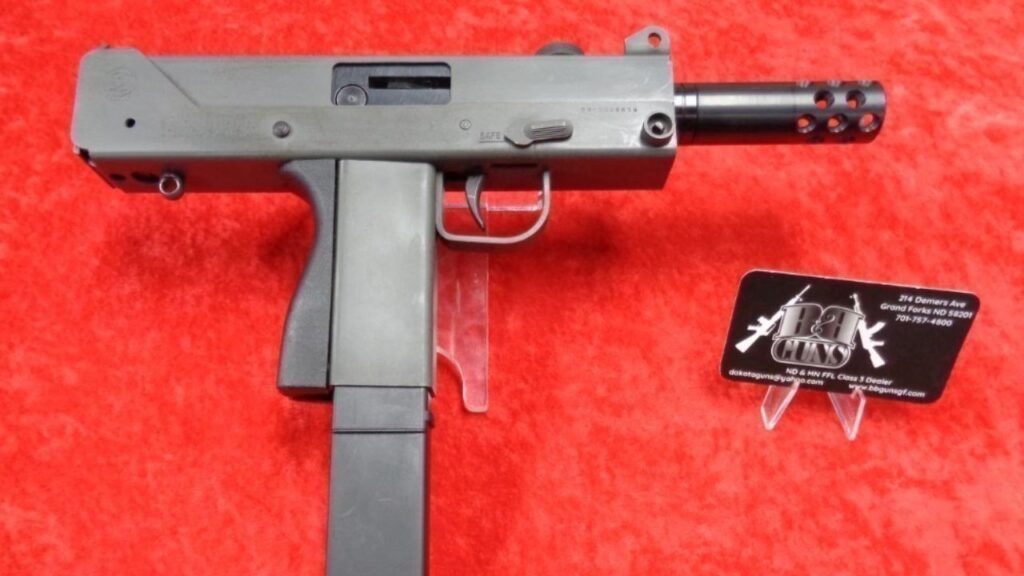
The Cobray M11/9 looks intimidating, with its machine-pistol styling, but in practice it’s more of a headache than a powerhouse. Civilian versions are semi-automatic, and they’re notorious for feeding issues, especially with aftermarket magazines. At the range, it’s common to see shooters struggle to get through a full mag without a jam.
The heavy trigger and poor ergonomics don’t help accuracy either, making the M11/9 clumsy and awkward to handle. While it looks like something out of an action movie, the reality is far less impressive. Other shooters expect it to run fast and clean, but instead, they watch you fight constant stoppages. That kind of attention is embarrassing, especially when you spent a good amount of money on it. The Cobray M11/9 is a perfect example of how appearance can’t cover up poor performance. It may turn heads, but it won’t earn respect once the shooting starts.
Desert Eagle
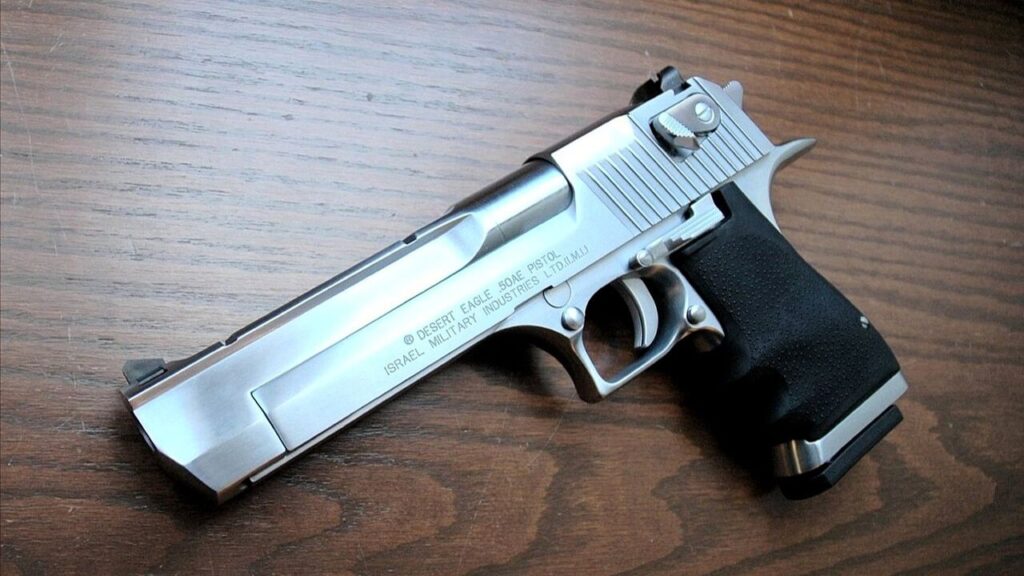
The Desert Eagle is one of the most recognizable pistols in the world, but it often embarrasses owners at the range. Chambered in calibers like .50 AE and .44 Magnum, it’s heavy, expensive to shoot, and notoriously picky about ammunition. If you’re not using hot loads, failures to feed and cycle are common. Nothing kills your confidence faster than a big, flashy gun that can’t get through a magazine.
On top of that, the sheer size makes it awkward for many shooters. Accuracy can be solid, but the recoil and weight intimidate new users, leading to flinching and poor performance. Other shooters often roll their eyes at the Desert Eagle, seeing it more as a novelty than a serious firearm. Bringing one to the range can feel like showing off, but when it fails to deliver, the embarrassment hits hard. It’s more fun in movies than it ever is on the firing line.
Kel-Tec SUB-2000
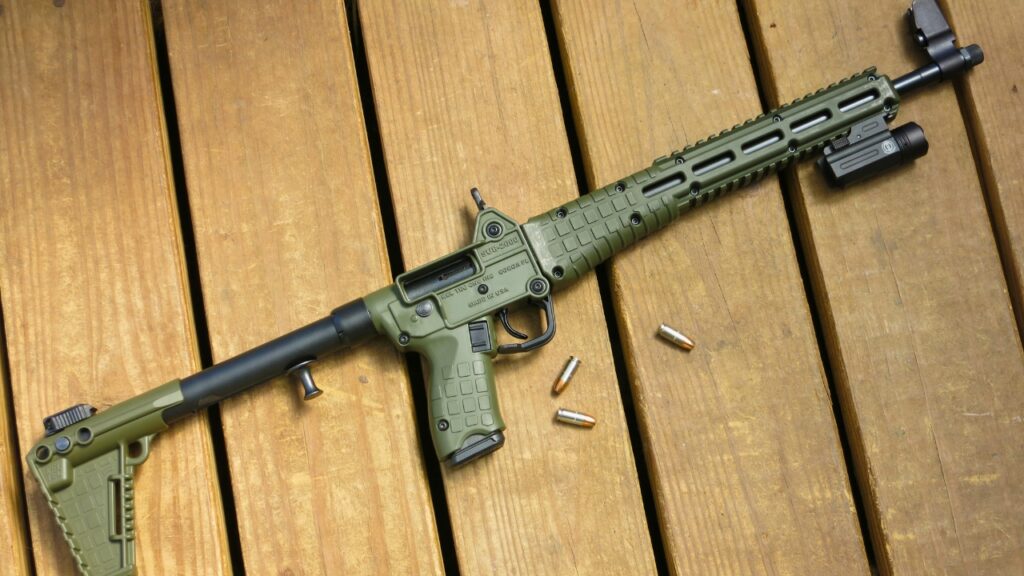
The Kel-Tec SUB-2000 is a folding pistol-caliber carbine that seems like a clever design, but at the range, it often disappoints. The build quality feels flimsy, the trigger is rough, and reliability can be hit-or-miss depending on the magazine and ammo used. Malfunctions are common enough that you’ll spend a fair amount of time clearing jams.
The ergonomics are also awkward, with a low sight height and a charging handle that’s uncomfortable to use. Other shooters notice when you’re constantly fiddling with your rifle rather than putting rounds on target. While the concept is interesting, the execution leaves plenty to be desired. Instead of showing off a unique carbine, you end up looking like you brought a toy to the firing line. The SUB-2000 has its fans, but it’s not the kind of firearm that wins you respect at the range. More often than not, it leaves owners frustrated and embarrassed.
Rossi RS22
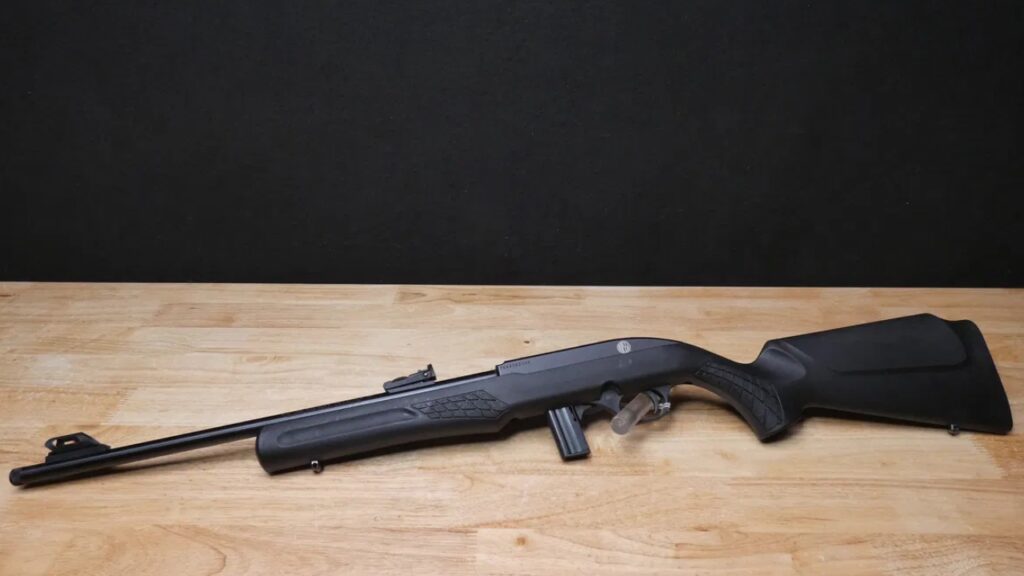
The Rossi RS22 is marketed as a budget-friendly .22 rifle, but it has a tendency to embarrass its owners with spotty reliability. Feeding and extraction problems are common, especially with bulk ammunition. At the range, that means you’ll be pausing often to clear jams while others keep shooting smoothly.
Accuracy is inconsistent as well. While some rifles group decently, others struggle to hold tight patterns beyond short distances. The overall construction feels cheap, which doesn’t inspire confidence when you’re shooting next to someone with a more proven rimfire. While it’s affordable and lightweight, it lacks the durability and reliability of better-known .22 rifles like the Ruger 10/22. When your gun can’t keep up, it becomes obvious to everyone around. The RS22 may save money upfront, but the embarrassment it brings at the range is often more costly than the rifle itself. It’s a reminder that some corners shouldn’t be cut.
Century Arms C39V2
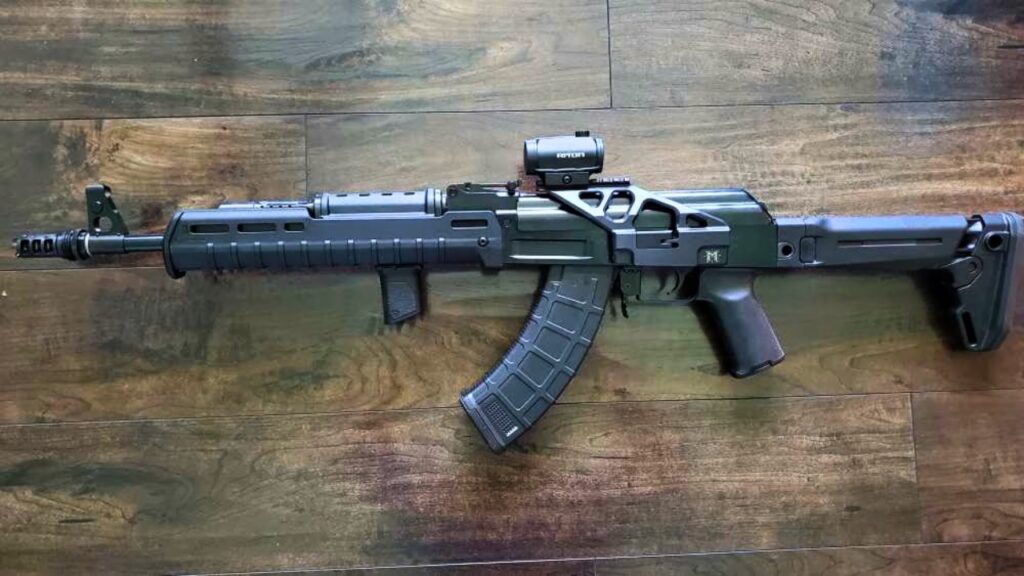
The Century Arms C39V2 is an American-made AK that sounds appealing on paper but often embarrasses owners at the range. Reports of poor heat treatment, soft metal parts, and uneven quality control have plagued this rifle since its release. Malfunctions and premature wear are common enough that shooters notice quickly.
Accuracy is average at best, and the rifle doesn’t hold up well under heavy use. When compared to imported AKs, the shortcomings become clear, and other shooters can see the frustration when your rifle struggles to keep pace. The C39V2 was marketed as a solid domestic option, but it fell short of AK reliability standards. Bringing one to the range often draws negative comments from those familiar with the platform. Instead of enjoying your time shooting, you end up explaining away problems that shouldn’t exist in the first place. It’s a rifle that empties pride faster than it does magazines.
Charter Arms Explorer II
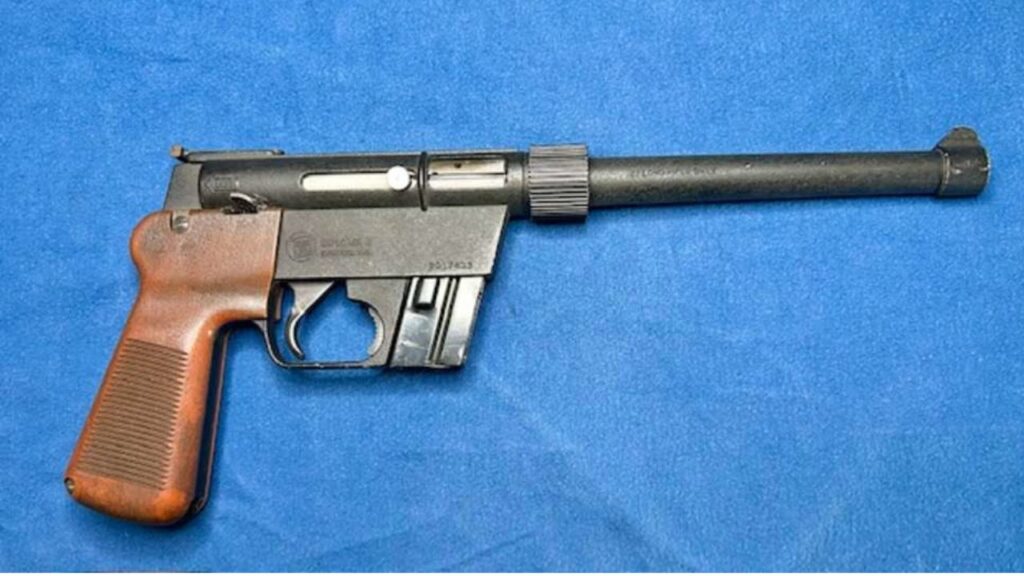
The Charter Arms Explorer II is a quirky semi-automatic pistol based on the AR-7 survival rifle. While it looks unusual and might grab attention, it’s not for the right reasons. Reliability is poor, with feeding and cycling issues showing up often. At the range, that translates to constant stoppages and awkward fumbling in front of an audience.
Accuracy isn’t much better, given the short barrel and design limitations. Other shooters notice when your pistol struggles to hit targets or complete a string of fire without hiccups. While the Explorer II has some novelty appeal, it’s more likely to embarrass you than impress anyone. It lacks the refinement and consistency shooters expect, and that makes it hard to enjoy. You end up drawing stares not because you brought something unique, but because you can’t get through a session without trouble. It’s a firearm better left as a curiosity than a range companion.
Rossi Circuit Judge
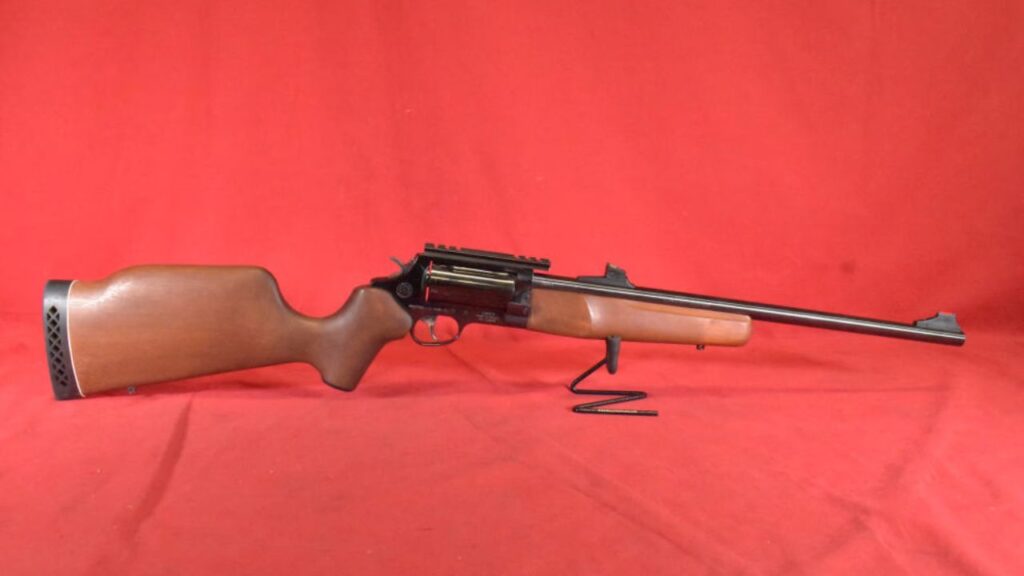
The Rossi Circuit Judge combines a revolving cylinder with a carbine design, chambered in .45 Colt and .410 shotshells. While it sounds versatile, at the range it often becomes more of a spectacle than a performer. The cylinder gap blasts hot gas and debris sideways, which makes shooting uncomfortable for anyone nearby. That alone can earn you some annoyed looks.
Accuracy is limited, and the trigger pull feels clumsy in both single- and double-action modes. Reliability is mixed, and extraction can be frustrating when using certain loads. Other shooters often see it as more of a novelty gun than a serious rifle or shotgun. When you’re trying to look capable at the range, the Circuit Judge has a way of doing the opposite. It’s unconventional, yes, but it doesn’t translate into practical performance. Bringing one out usually leads to embarrassment rather than admiration, especially once its shortcomings become obvious after a few shots.
Zastava PAP M77
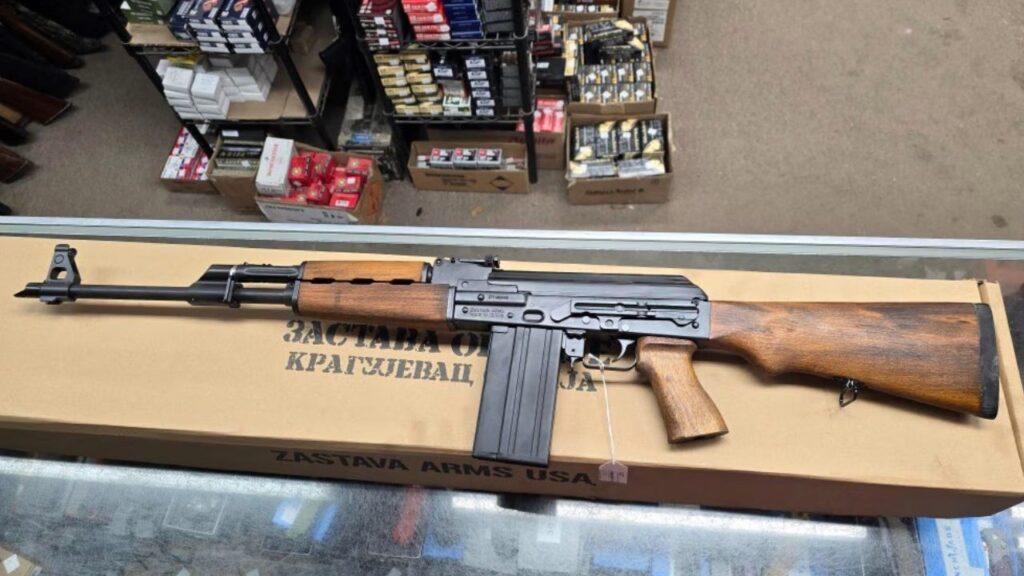
The Zastava PAP M77 is a .308 version of the AK platform, and while it sounds powerful, it tends to embarrass its owners at the range. The rifle is heavy, awkward to handle, and known for inconsistent reliability. Feeding issues and extraction problems show up more often than they should in a rifle with this kind of reputation.
Accuracy is another weak spot. Compared to other .308 semi-automatics, the PAP M77 falls short, making it less appealing for serious shooters. The limited aftermarket support adds to the frustration, leaving owners stuck with a rifle that doesn’t live up to expectations. Other shooters notice when you’re working harder than everyone else to keep your gun running. Instead of enjoying your time, you’re left explaining why your pricey .308 AK won’t perform. The PAP M77 is proof that not every caliber conversion works well, and it’s often more embarrassment than satisfaction on the firing line.
*This article was developed with AI-powered tools and has been carefully reviewed by our editors.

